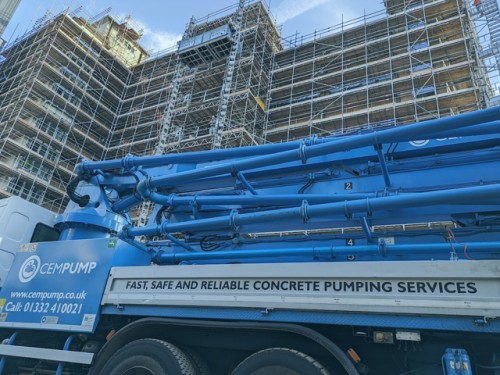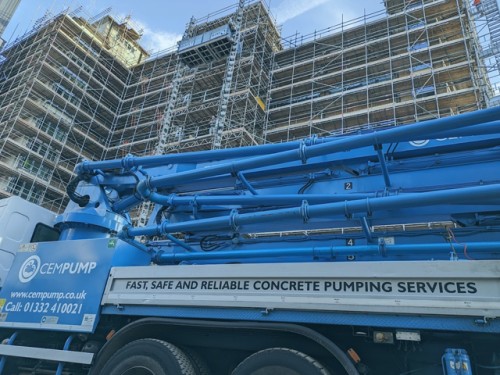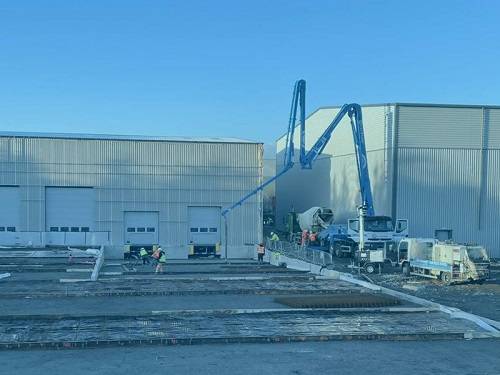
Most Popular
 Complete Underfloor Heating Services By Top Underfloor Heating Installers In Nottingham
Complete Underfloor Heating Services By Top Underfloor Heating Installers In Nottingham
Are you looking for precise underfloor heating systems with installation ...
 Commercial Concrete Pumping to Place Concrete and Flowing Screed
Commercial Concrete Pumping to Place Concrete and Flowing Screed
When it comes to choose the best range of commercial ...
 Find Top Underfloor Heating Installers in Sheffield and Nearby Areas
Find Top Underfloor Heating Installers in Sheffield and Nearby Areas
Underfloor heating is becoming an increasingly popular option for homes ...



Static Concrete Placing Boom: and Its Use?

A static concrete placing boom is an essential piece of equipment used in the construction industry to efficiently place concrete in large structures. This apparatus is an advanced version of the standard concrete pump and serves a specific purpose: facilitating precise and controlled concrete distribution to hard-to-reach areas of a construction site. Unlike a mobile concrete pump, a static concrete placing boom is fixed in place, typically installed on the ground or at a designated elevated platform, making it ideal for large-scale projects where high mobility isn’t required.
The primary use of a static concrete placing boom is to deliver and spread concrete accurately and efficiently over extensive areas, such as the floors of high-rise buildings, large bridges, or complex structures like parking garages and tunnels. It significantly reduces the time and effort needed for manual labour and minimizes the risks of inconsistent concrete placement, which can lead to structural weaknesses.
Static concrete placing booms are designed to support heavy-duty operations and are equipped with a boom arm that extends and maneuvers in various directions to cover a broad area. The arm can rotate and extend horizontally and vertically, allowing it to reach different sections of the construction site with precision. This ability to control concrete flow makes it especially valuable for projects with complex layouts or limited access points.
The use of static concrete placing booms can enhance safety on the construction site by reducing the need for workers to be in potentially hazardous locations where concrete is being poured. The system's high efficiency also optimizes the workflow, contributing to project timelines and cost management.
Static concrete placing booms are vital for modern construction projects that require fast, accurate, and safe concrete distribution. Their use streamlines the process and supports the creation of strong, durable structures while reducing manual labour demands and improving safety.